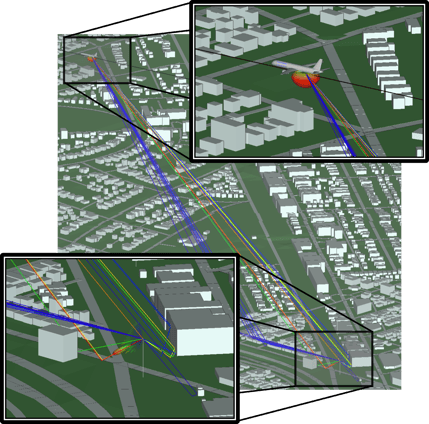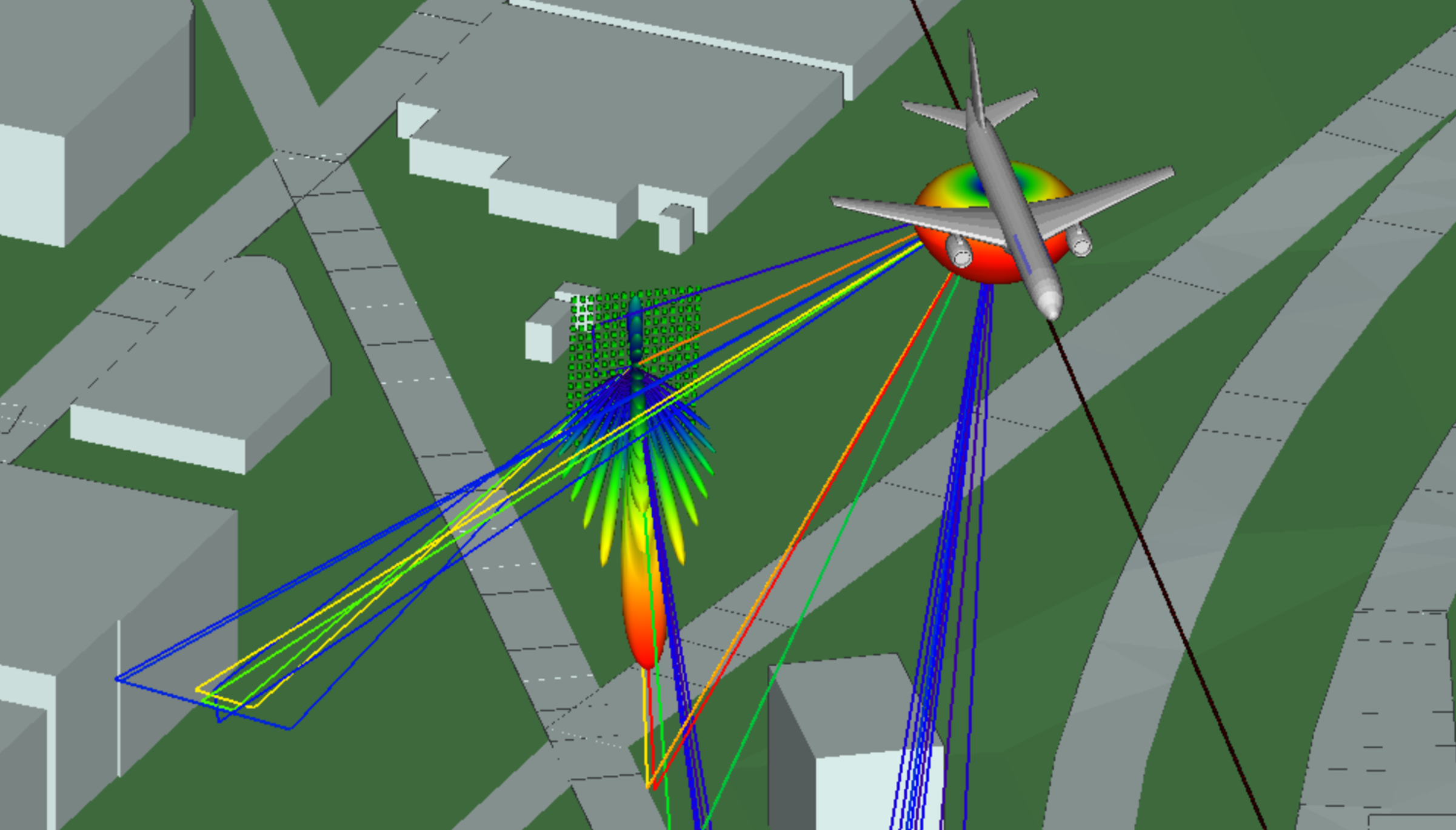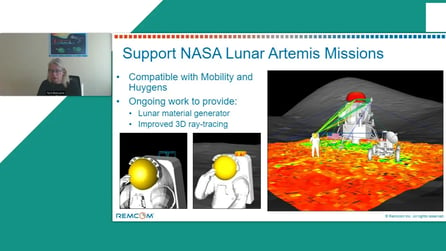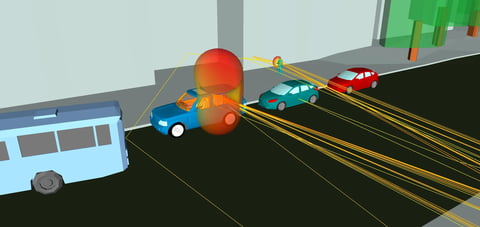Assessing 5G Radar Altimeter Interference for Realistic Instrument Landing System Approaches

In January 2022, the deployment of 5G service using C-band spectrum around airports in the US was delayed due to concerns about interference of base station emissions with radar altimeters on commercial aircraft. Restrictions which prohibited or limited 5G emissions near airports were voluntarily honored until early July 2022. To allow more time to complete the task of retrofitting the entire commercial airline fleet with upgraded radio frequency filters on altimeters, the FAA and wireless service providers agreed to a phased approach governing the rollout of the full 5G service between July 2022 and July 2023. During this time, airports will be identified where 5G services can be enabled or enhanced while simultaneously ensuring safety of commercial aircraft. Such a phased rollout will require a detailed and realistic propagation analysis of 5G emissions on a site-specific basis to identify any possible conditions that might produce concerning levels of interference during a landing approach.
5G Radar Altimeter Interference Whitepaper
In this whitepaper we use Remcom’s Wireless InSite 3D Wireless Prediction Software to simulate the level of interference received at the radar altimeter input port of a landing aircraft due to emissions from 5G base stations which are in the vicinity of the approach to runway 27L at Chicago O’Hare International Airport. This example scenario was chosen as it was considered in the report prepared by the 5G Task Force of the Radio Technical Commission for Aeronautics (RTCA) to evaluate radar altimeter safety concerns. However, in contrast to the RTCA study which only considered line-of-sight propagation, the Wireless InSite simulation includes a multipath analysis and models interactions with terrain and building structures which redirect energy toward the radar altimeter antenna. Our analysis shows that by including such interactions, the increase in interference beyond the line-of-sight analysis is sufficient to violate the safety margin used by the RTCA for legacy radar altimeters with low performance frequency filters.



